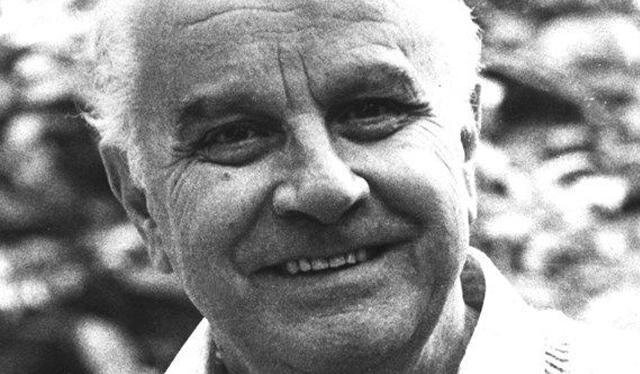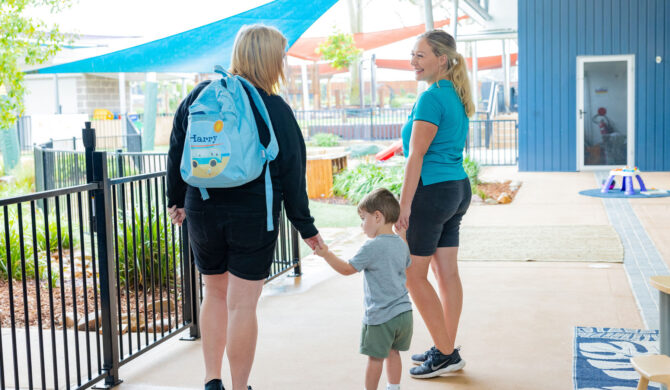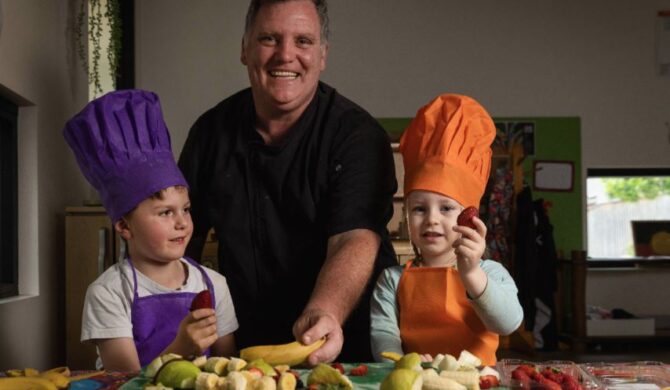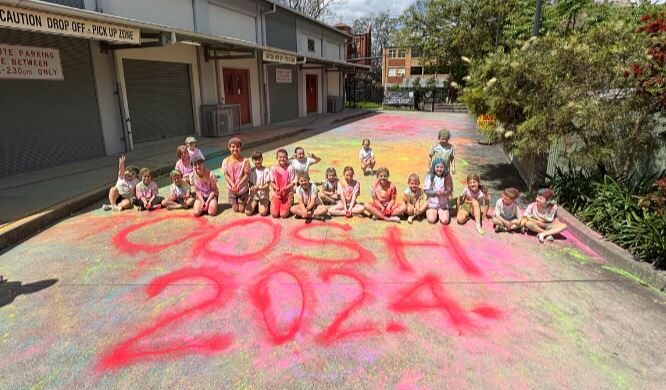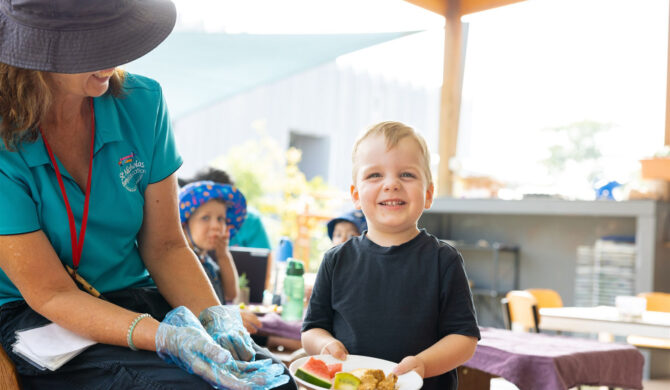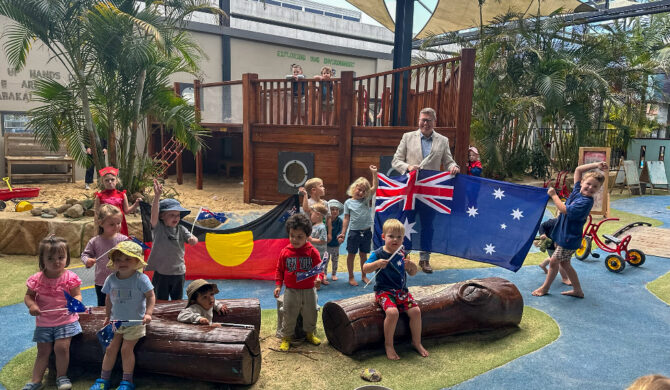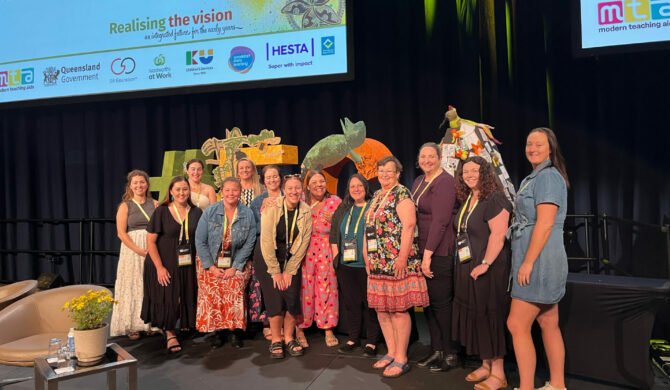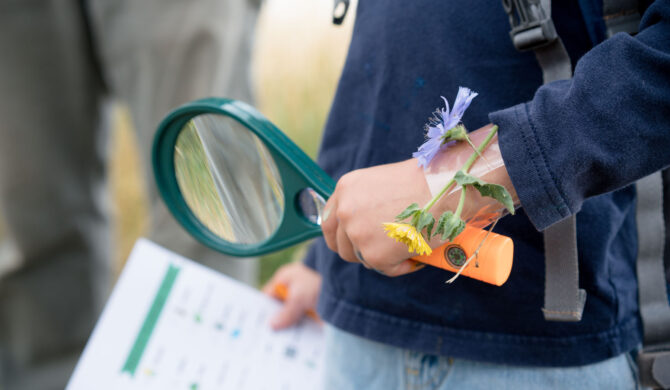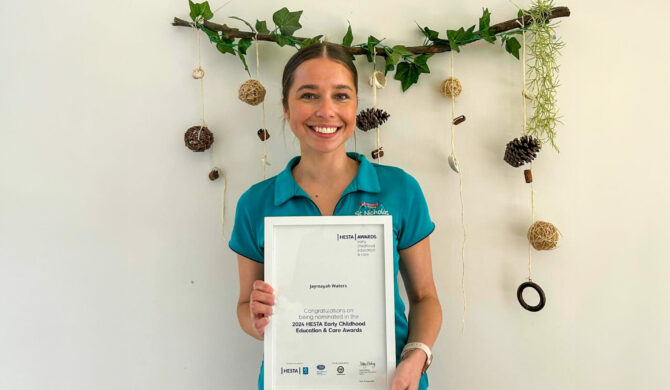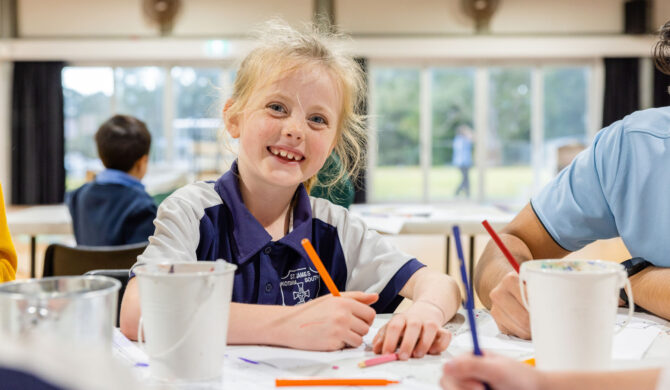Life, career and philosophy development
Born in Corregio, Italy in 1920, Malaguzzi began his studies of education in 1939, at the advent of World War II. Shortly after the war was over, he discovered a group of women in the town of Villa Cella in the Northern region of Italy who spoke of wanting a preschool for their children that would ensure their children would not have to tolerate injustice or inequality.
Understanding this need for early education reform, Malaguzzi opened his first preschool in 1946. Despite his lack of experience, he promised parents he would do his best, with many assisting in the running and financing of the school throughout its early years. In 1950, he finished his qualification to become an educational psychologist and founded the Psycho-Pedagogical Medical Centre in Reggio Emilia, where he worked for more than twenty years.
Other preschools which employed his approach began to open in nearby areas, but many struggled to survive until 1963 when the council of Reggio Emilia established the first municipal preschools in collaboration with Malaguzzi. In 1971, infant-toddler centres were added to the network, also managed by Malaguzzi and his colleagues.
Malaguzzi collaborated with educators in Reggio preschools to develop their approach to education by collecting and analysing information from theories of education from other philosophers, including Maria Montessori.
The Reggio Emilia Approach
The Reggio Emilia Approach views children as strong, powerful and capable young learners. Children are encouraged to develop their own theories about how the world works through constant exploration and discovery.
Working in groups with other children, the emphasis on building relationships with others is at the core of the Reggio Emilia Approach. Teachers and parents serve as “mentors” or “guides” who carefully observe children’s interests and provide encouragement and resources to extend those interests.
Rather than a structured curriculum, the environment is flexible as teachers are responsive to the interests of the children. This allows the children’s needs, wants and interests to dictate the direction of their study. Children are encouraged to actively draw and write their observations and use their symbolic languages, referred to as the “hundred languages of children” through artwork, conversation, early writing, dramatic play, music, dance and other outlets.
“What children learn does not follow as an automatic result from what is taught, rather, it is in large part due to the children’s own doing, as a consequence of their activities and our resources.” – Loris Malaguzzi
Malaguzzi devoted his life to promoting his innovative philosophy of education right up until his death in 1994.

